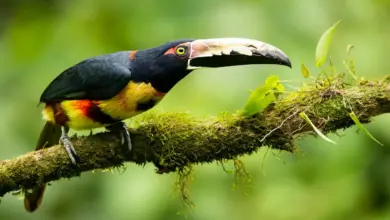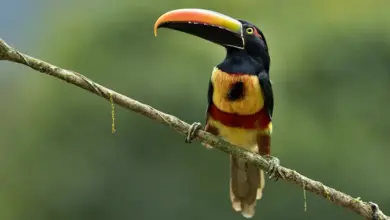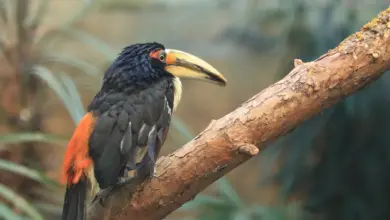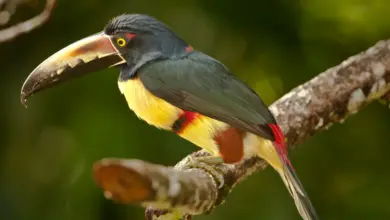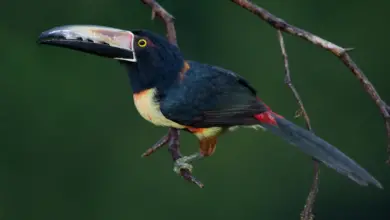Aracaris
-
Brown-mandibled Aracaris
The Brown-mandibled Aracaris (Pteroglossus mariae) is a South-American aracari that occurs naturally in the forests south of the Amazon river in eastern Peru and western Brazil as far as the river…
Read More » -
Birds
Lettered Aracaris
The Lettered Aracaris (Pteroglossus inscriptus) – also known as Lesser Aracari, Lettered Toucan or Maroon-banded Aracari – is found in South America, mostly south of the Amazon river. It lives in the subtropical…
Read More » -
Pet Birds
Fiery-billed Aracaris
The Fiery-billed Aracaris, Pteroglossus frantzii, are Central American toucans that occur naturally only on the Pacific slopes of southern Costa Rica and western Panama. Small flocks, typically consisting of up…
Read More » -
Birds
Black-necked Aracaris
The Black-necked Aracaris (Pteroglossus aracari) is a South American Toucan that occurs naturally in Brazil, French Guiana, Guyana, Suriname and Venezuela, where it is inhabits a variety of forest and woodland habitats. Aracaris generally roost socially throughout…
Read More » -
Ivory-billed Aracaris
The Ivory-billed Aracaris (Pteroglossus azara) is a South American Aracari that is found in the lowlands of southern Venezuela and northern Brazil at elevations of 300 meters and west into the lower elevations…
Read More » -
Birds
Stripe-billed Aracaris
The Stripe-billed Aracaris (Pteroglossus sanguineus) is a South American aracari that is found in the forests of Colombia and Ecuador. Aracaris generally roost socially throughout the year. Up to five adults and their fledged offspring…
Read More » -
Birds
Collared Aracaris
The Collared Aracaris, Pteroglossus torquatus, is a South American toucan that breeds from southern Mexico to Panama; as well as Ecuador, Colombia and Venezuela. Small flocks, usually consisting of 6-15 birds,…
Read More »
